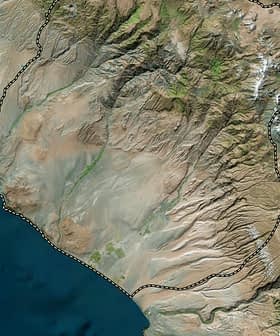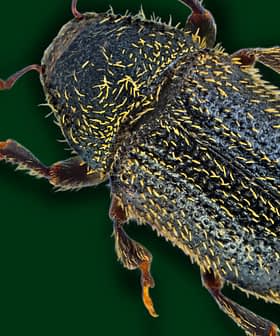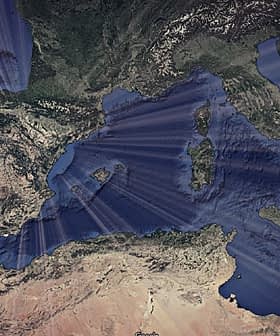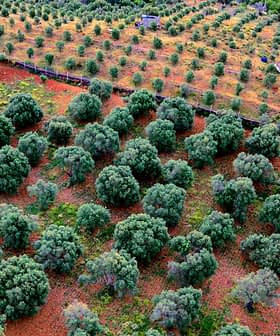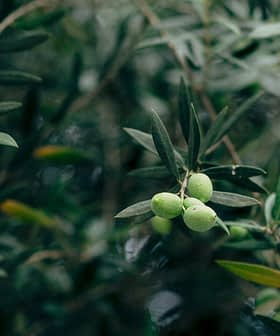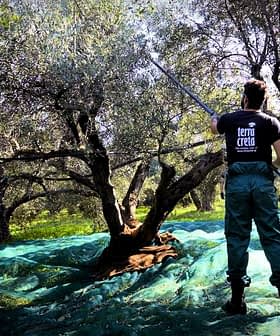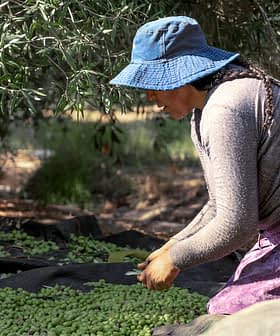Olive Trees on Corfu Face Threat from Wood-Eating Insects, Experts Rule Out Xylella
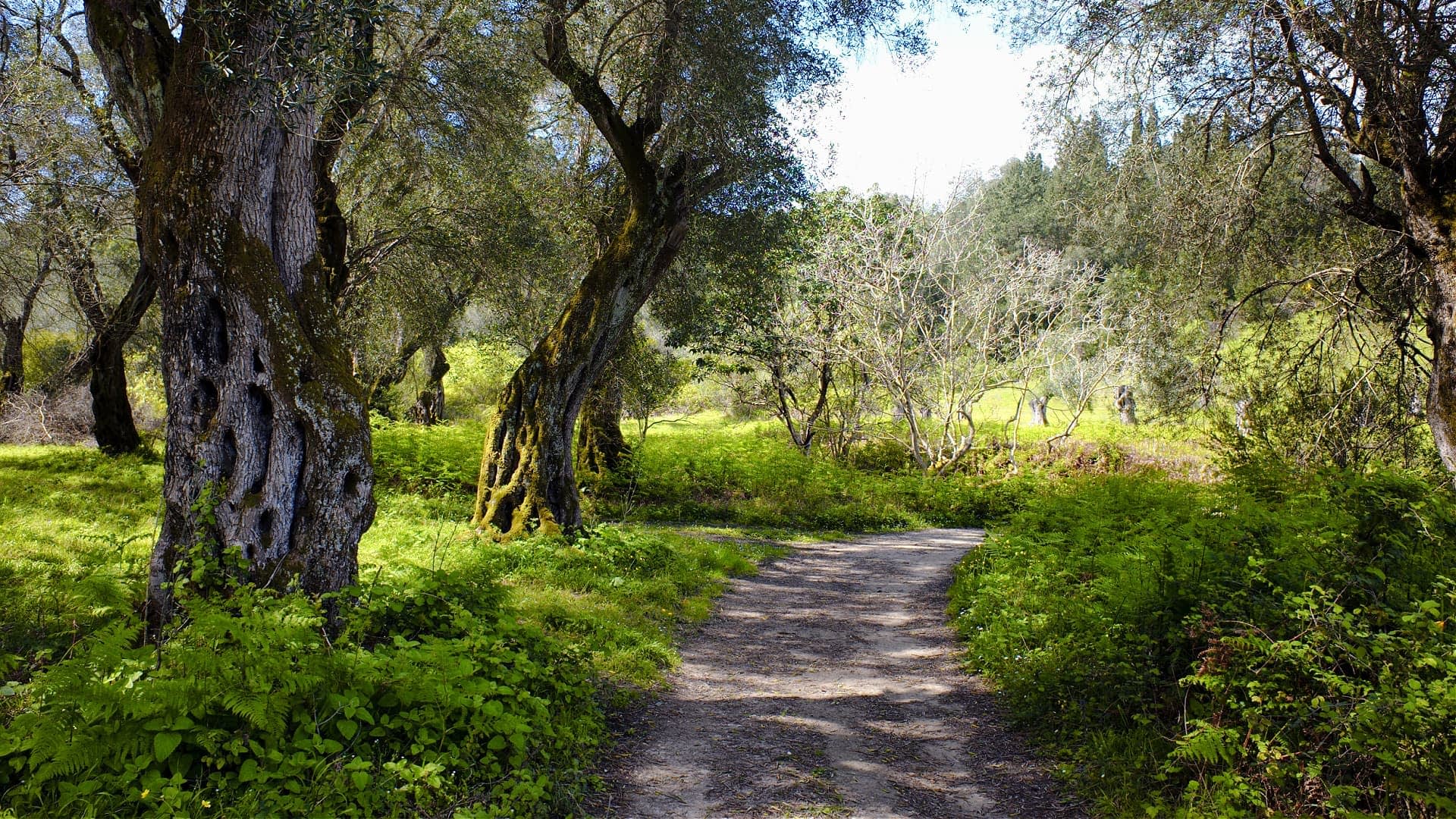
Olive trees on Corfu are experiencing twig dieback, which has been attributed to wood-eating insects rather than the Xylella fastidiosa bacterium, according to laboratory analysis. Local olive oil producers are concerned about the spreading disease, which is affecting olive groves on the island and causing branches and twigs to wither and die.
On Corfu, the northernmost Greek island in the Ionian Sea, olive trees are affected by twig dieback, which leaves parts of the trees completely desiccated.
The phenomenon has so far been observed in small pockets in the island’s central and northern producing regions.
My first impression is that the culprit is the olive bark midge and not the leopard moth. If confirmed, the infected twigs and branches should be removed to be burned or crushed next spring.
The local department of agriculture sent specimens of the infected olive tree branches to a specialized laboratory in Athens, which ruled out the possibility that the dieback was caused by a strain of the Xylella fastidiosa bacterium.
In two consecutive announcements, the local department said the lab analysis found no presence of the Xylella fastidiosa bacterium and attributed the twig dieback to wood-eating insects.
See Also:Olives with Higher Phenol Content More Resistant to Anthracnose“No infection by the Xylella fastidiosa bacterium has been observed in the olive groves of Corfu,” the department said. “According to the macroscopic assessment of [our] agronomists, the drying of the tree branches is due to the action of wood-eating insects, especially the polyphagous moth Zeuzera pyrina.”
“Nevertheless, the risk of the Xylella fastidiosa pathogen entering our country remains, and therefore, any importation of uncertified plant material should be avoided,” they added.
Corfiot olive oil producers confirmed that the symptoms indicate a different infection than that caused by the Xylella bacterium.
“The phenomenon started about two years ago,” said local producer Dimitris Andriotis. “I have seen what Xylella does to olive groves in Italy, and I can say that what we are experiencing here is not Xylella.”
The Xylella fastidiosa bacterium, which has emerged as a global threat to olive production, is associated with Olive Quick Decline Syndrome (OQDS), a disease of olive trees that causes dieback of leaves, twigs and branches, rendering the trees unproductive and eventually dead.
While Xylella fastidiosa has caused extensive damage to olive groves in southern Italy and other olive oil-producing regions, especially in the Mediterranean, Greek olive groves have remained unaffected.
Zeuzera pyrina, also known as the leopard moth, is a white insect spotted with black rings that can grow up to five centimeters long. The moth’s larvae burrow into the branches of olive and other fruit trees and ultimately kill the trees if left untreated.
Emmanouil Roditakis, a professor of agricultural entomology at the University of Crete, argued that a different pest is most likely causing the dieback of tree branches in Corfu’s olive groves.
See Also:Forging a Future for Olive Oil Production on Corfu“My first impression is that the culprit is the olive bark midge and not the leopard moth,” Roditakis told Olive Oil Times after examining photos of the affected olive trees. “If confirmed, the infected twigs and branches should be removed to be burned or crushed next spring.”
The larvae of the olive bark midge (Resseliella oleisuga) develop under the olive tree bark and feed on the plant tissue. The infested twigs and branches may wither and die if not treated properly.
Roditakis added that some field research is required in Corfu’s olive groves to pinpoint the exact cause of the branch dieback.
Scientists have identified more than 100 olive tree pathogens. However, according to relevant research, only a few can cause significant economic losses to olive farming.
Olive tree infestations in the Mediterranean basin by the olive bark midge have been particularly prevalent since 2010, and some scientists have linked the problem to a warming climate.
On Corfu, Andriotis said the disease is becoming more widespread, puzzling the local olive oil sector.
“Some of my olive trees are already affected,” he said. “The same has happened to other producers in the area. The trees are not dying, but some branches and twigs are completely withered.”
“It is a concerning event that needs to be dealt with,” he added. “None of the island’s older olive growers remember anything similar to what happened in the past.”


